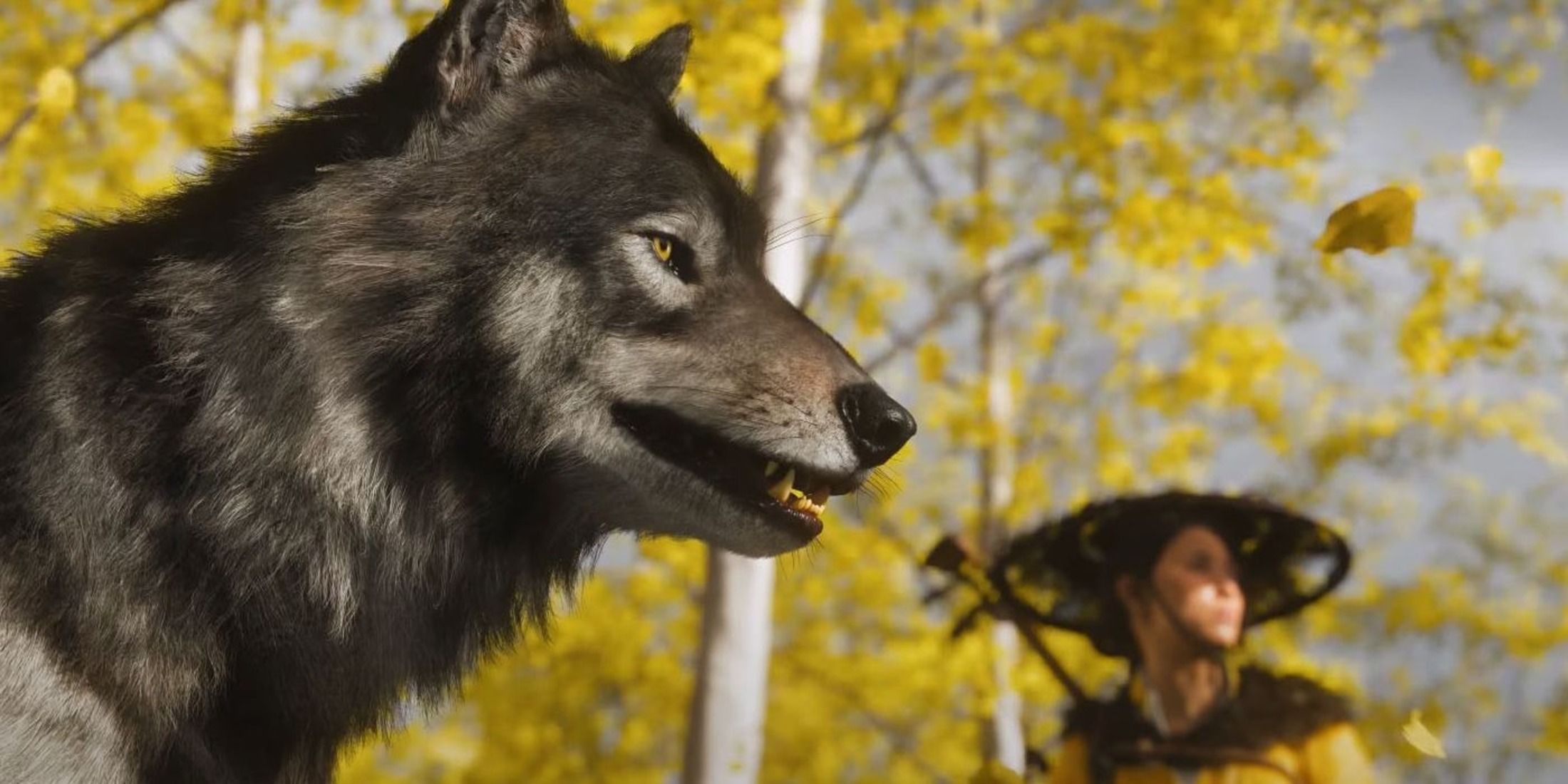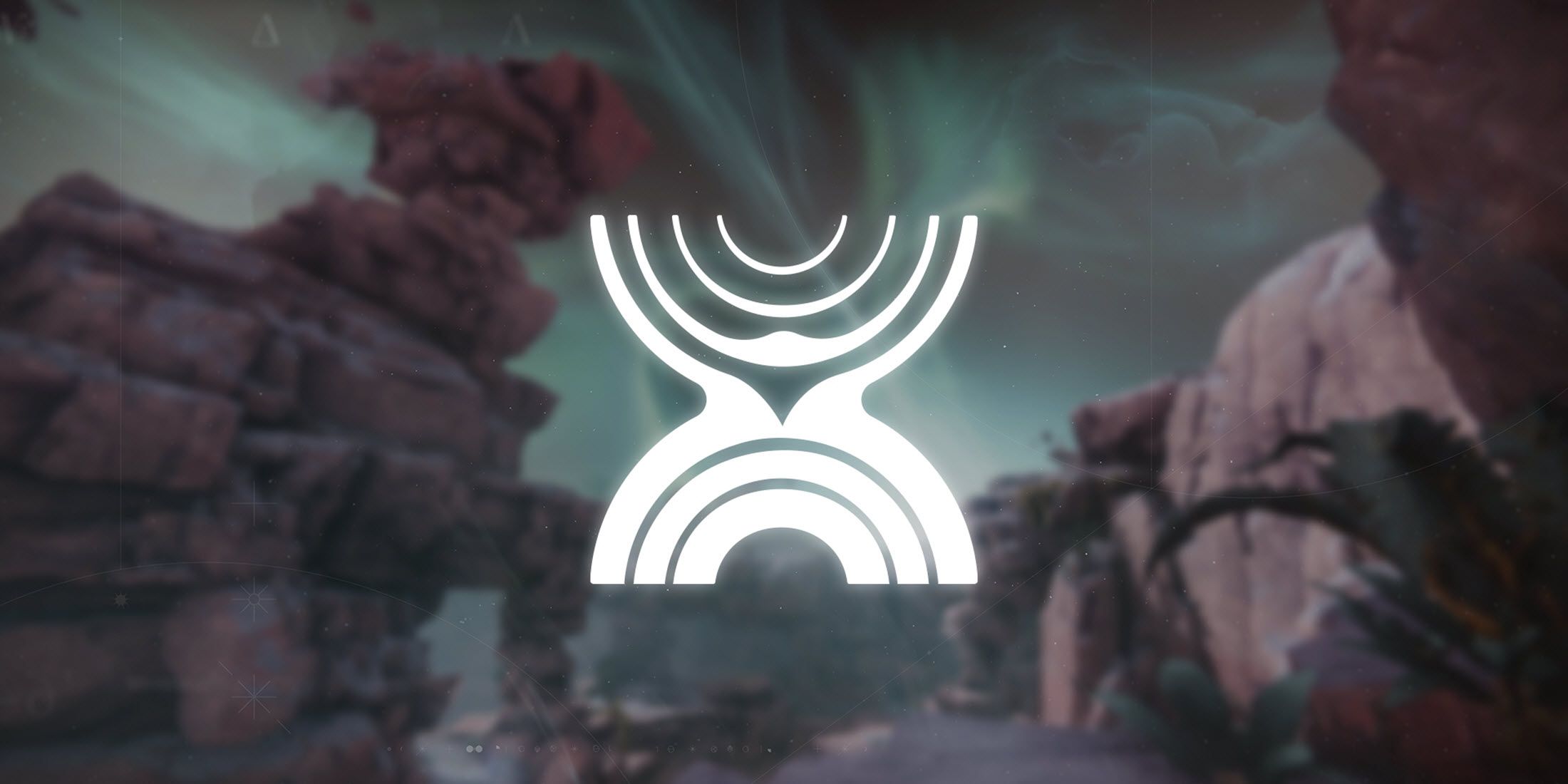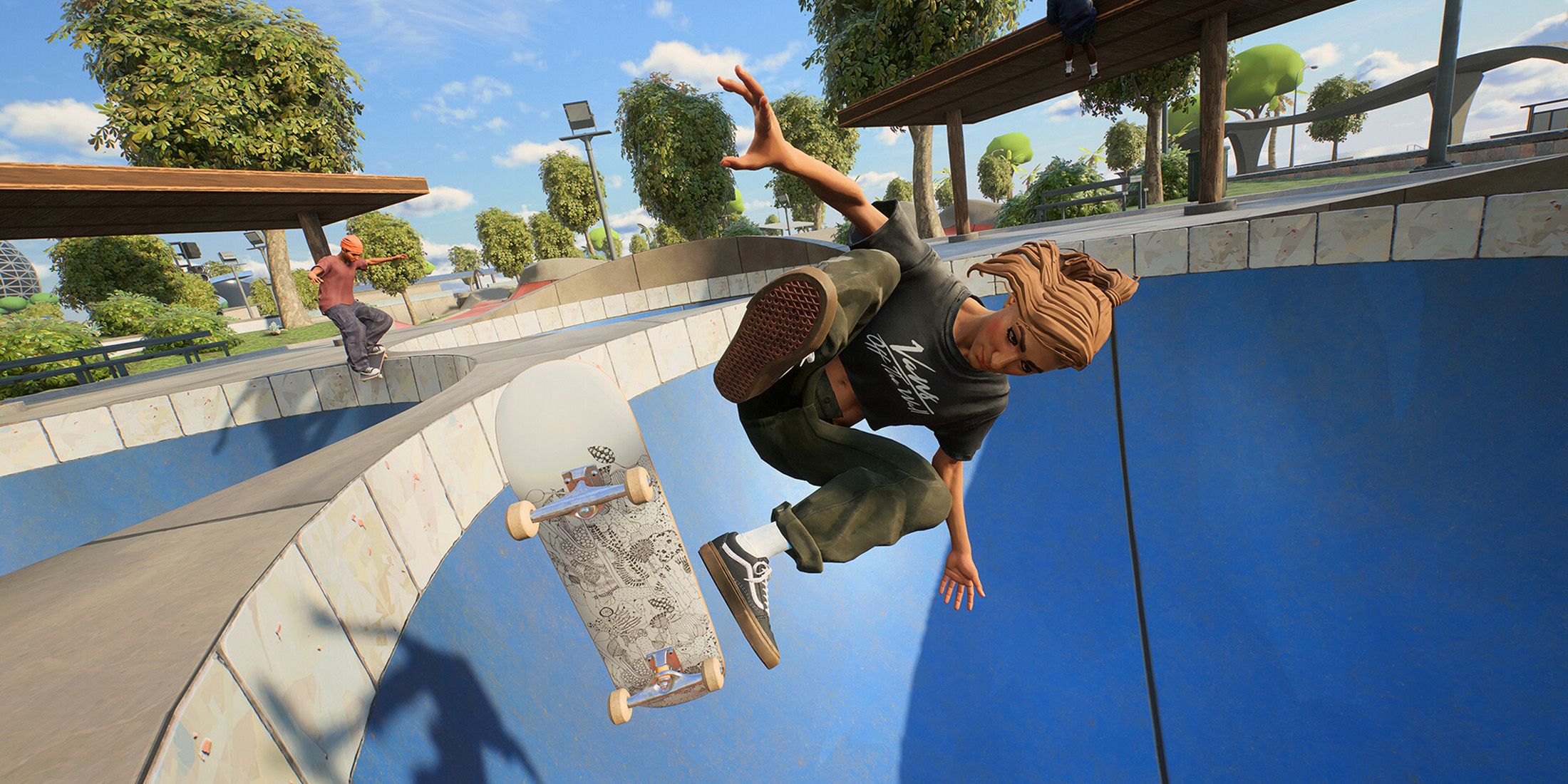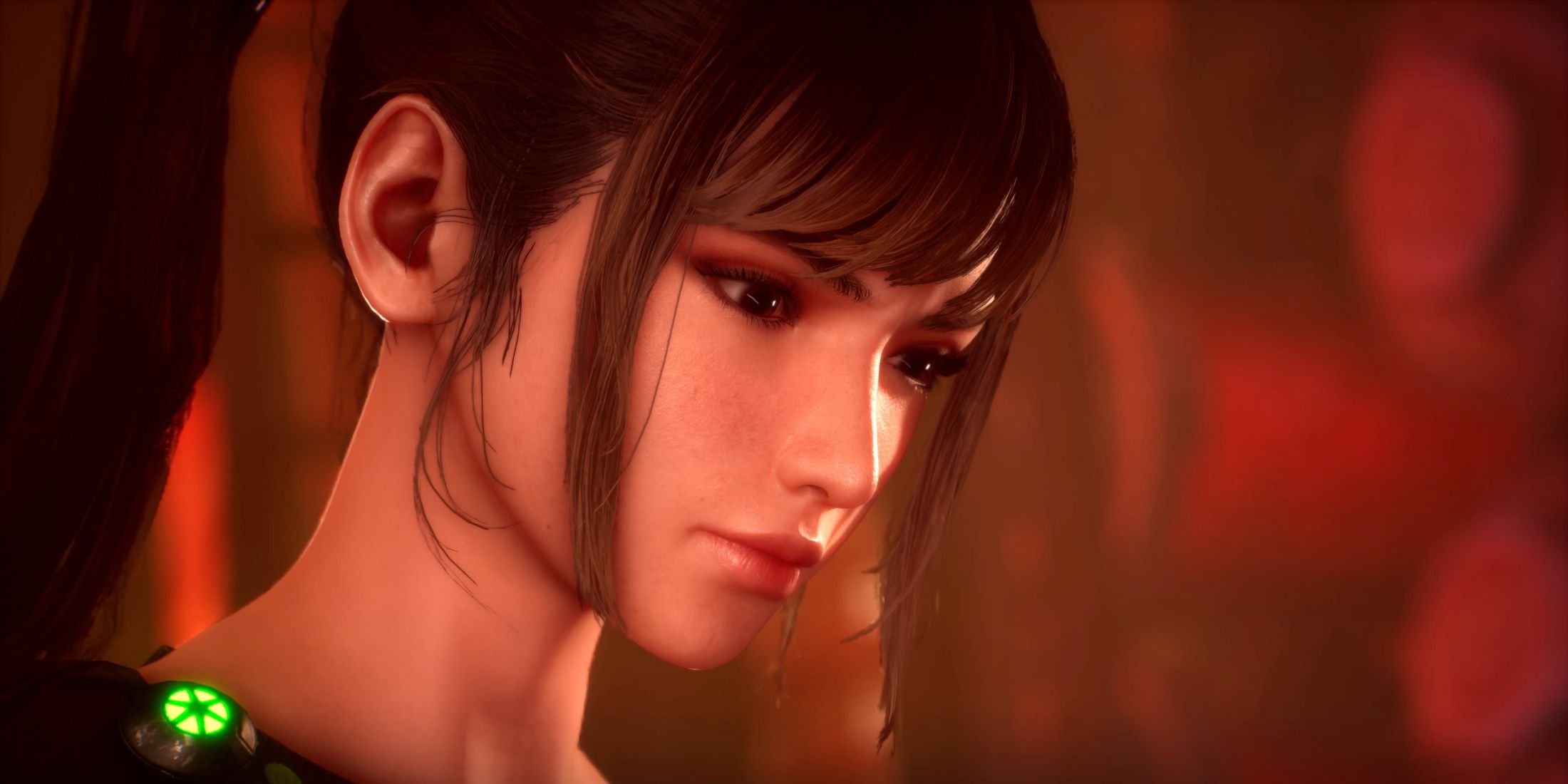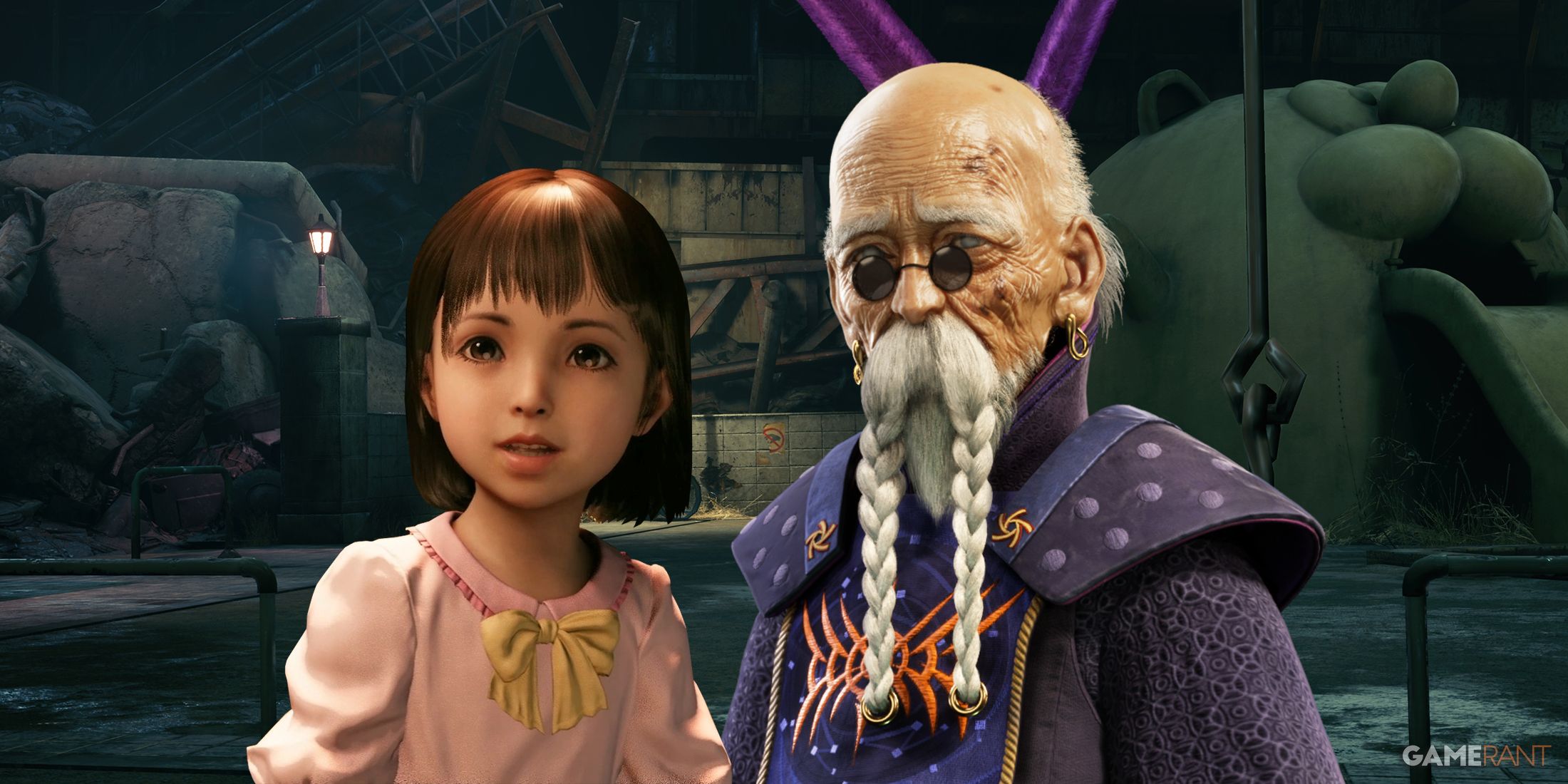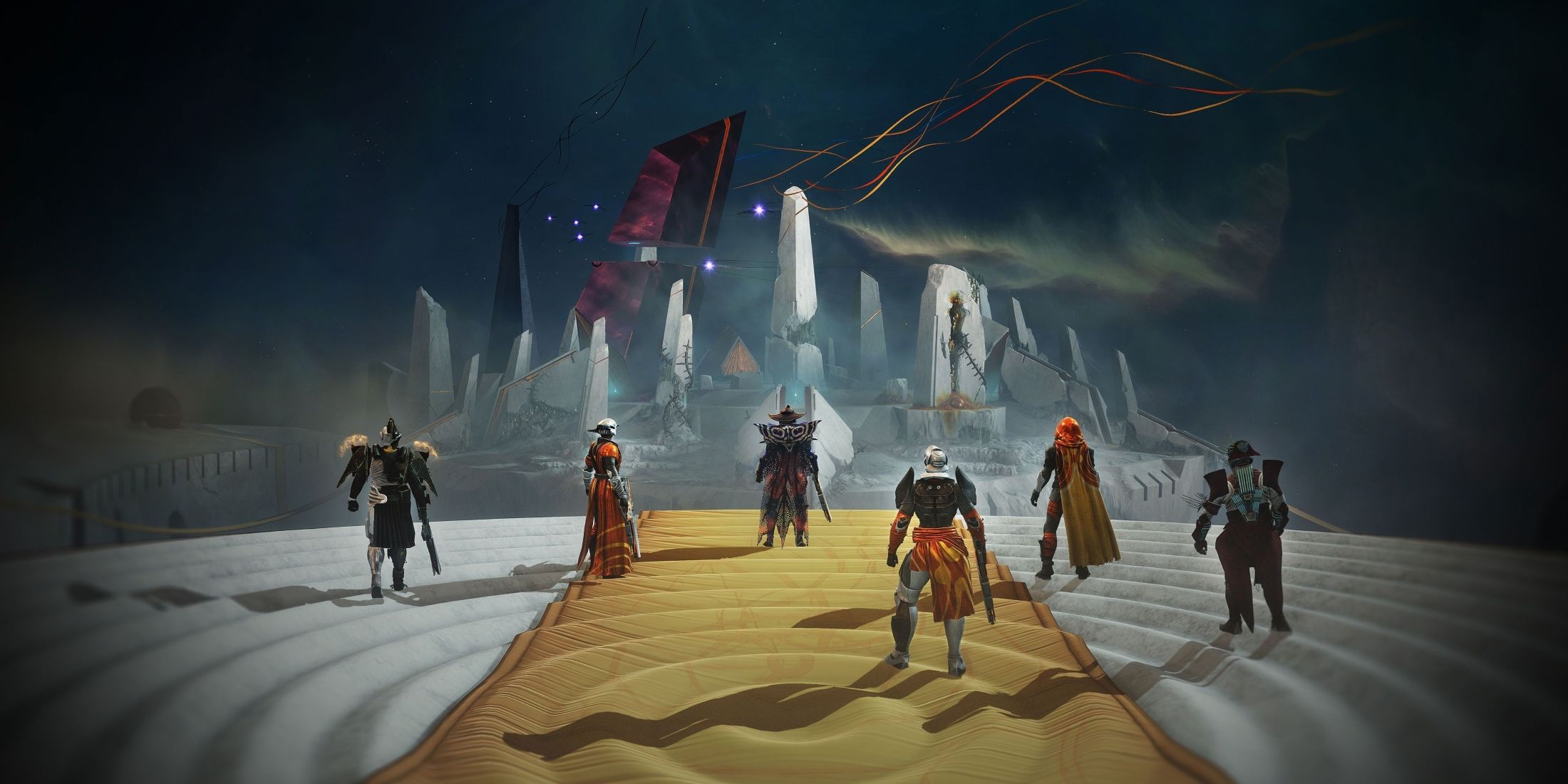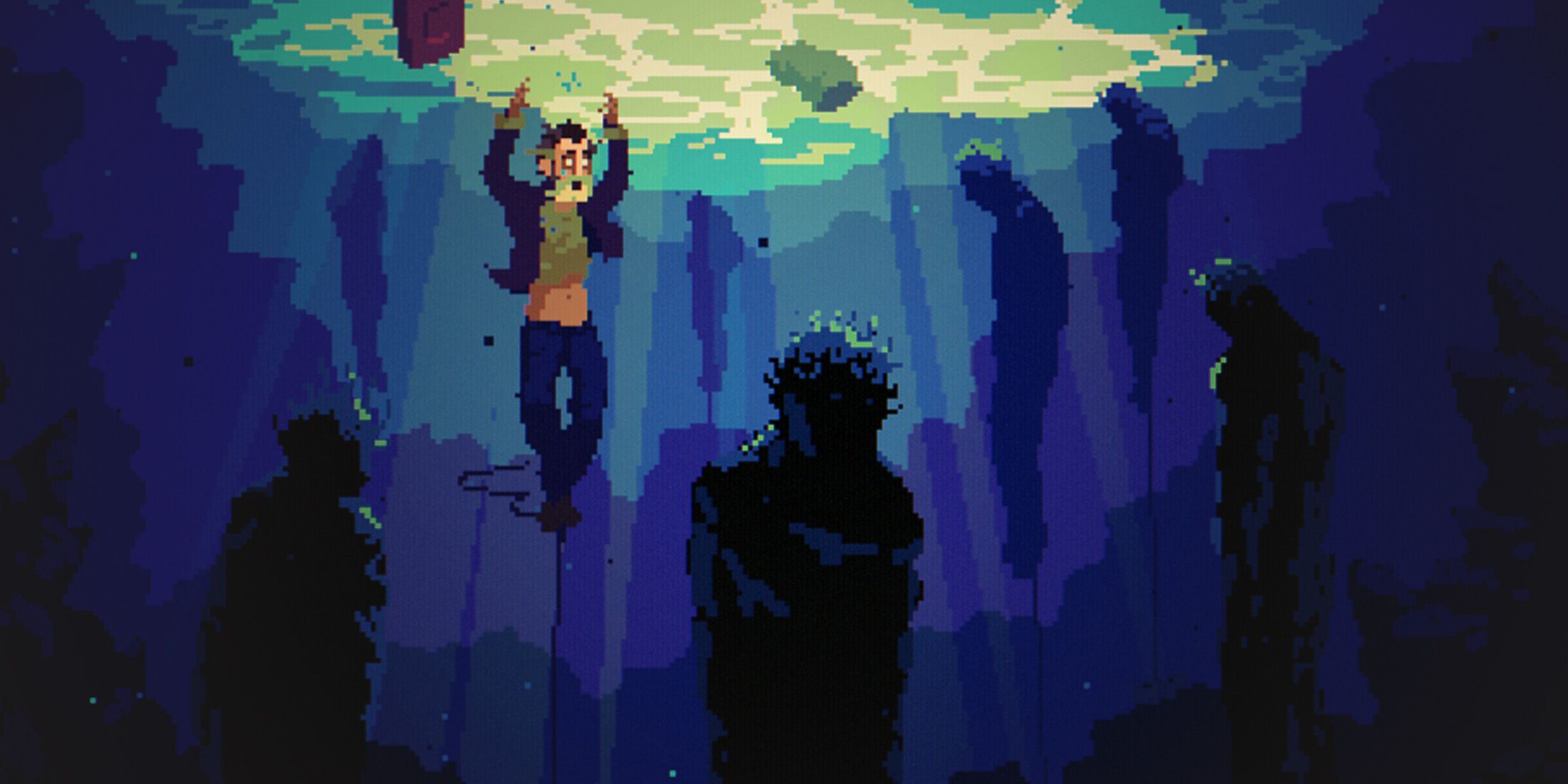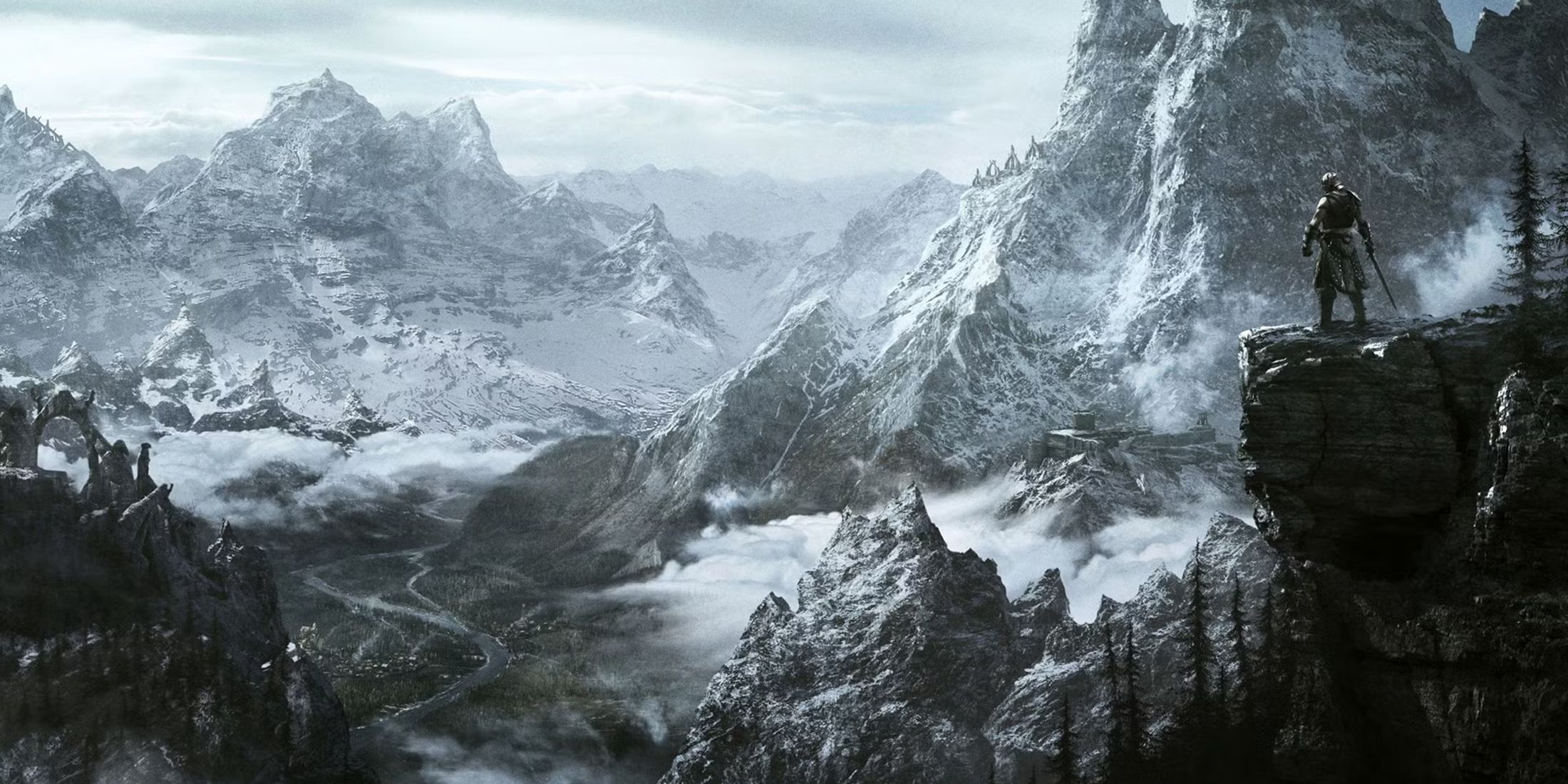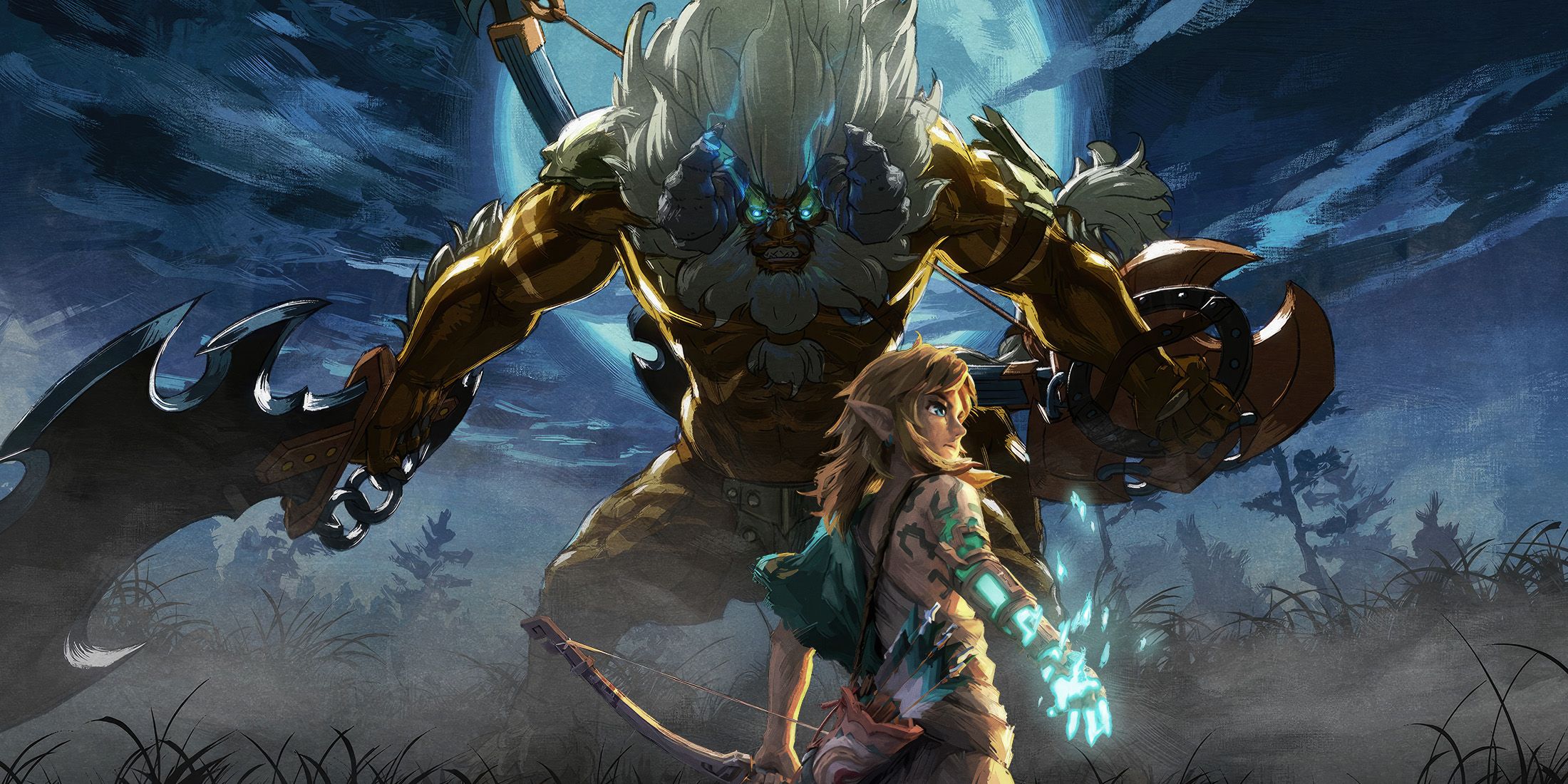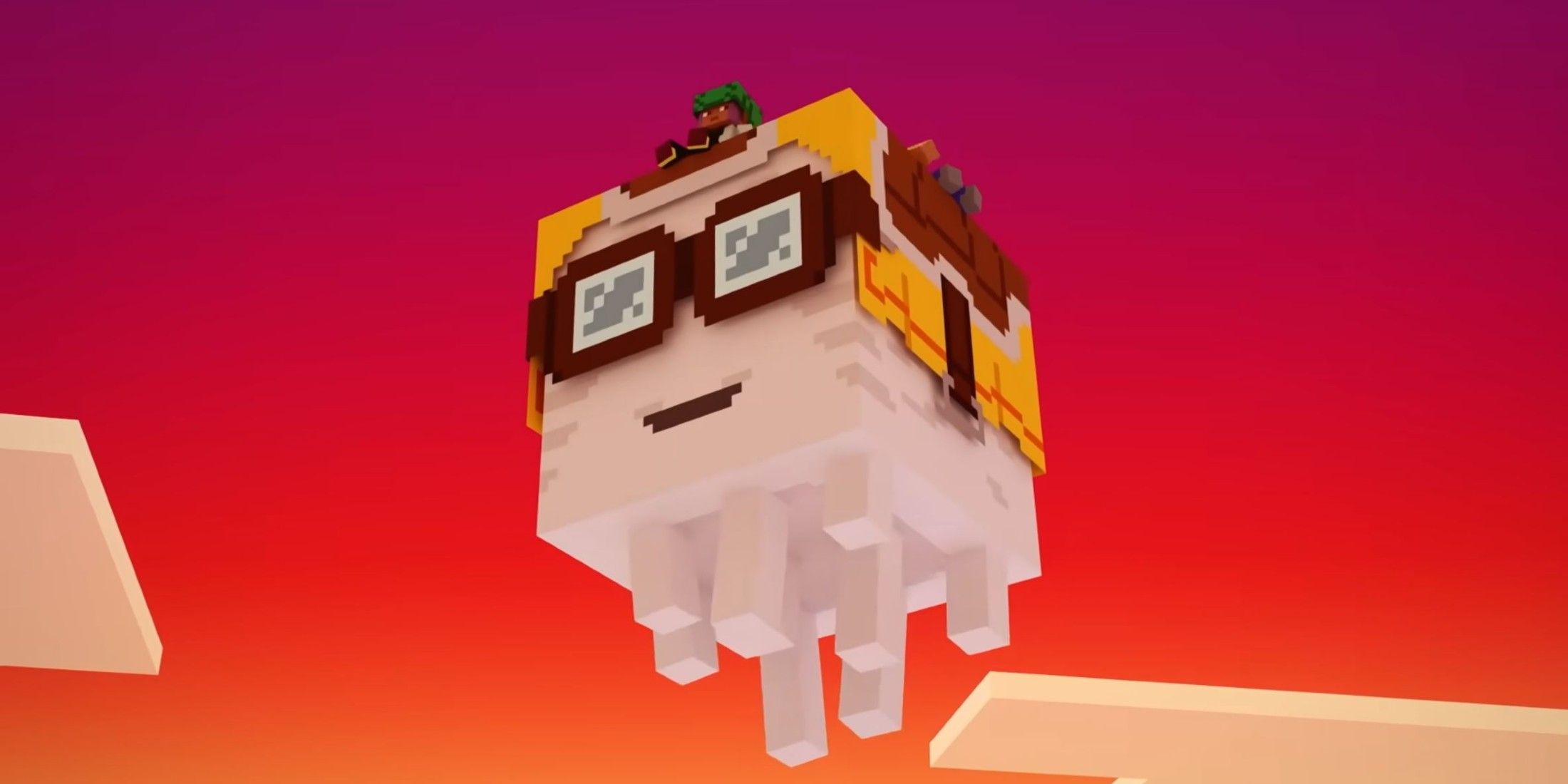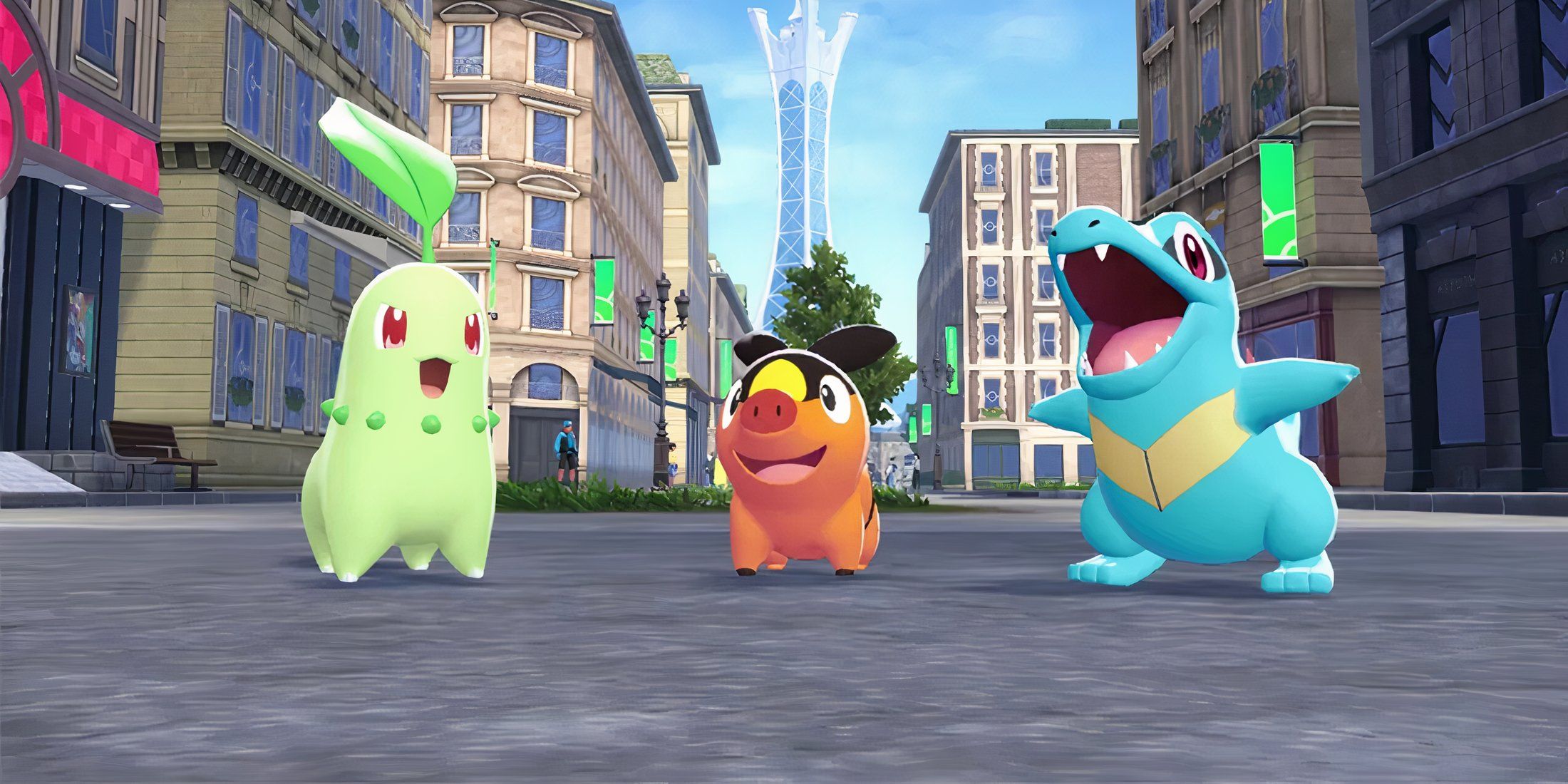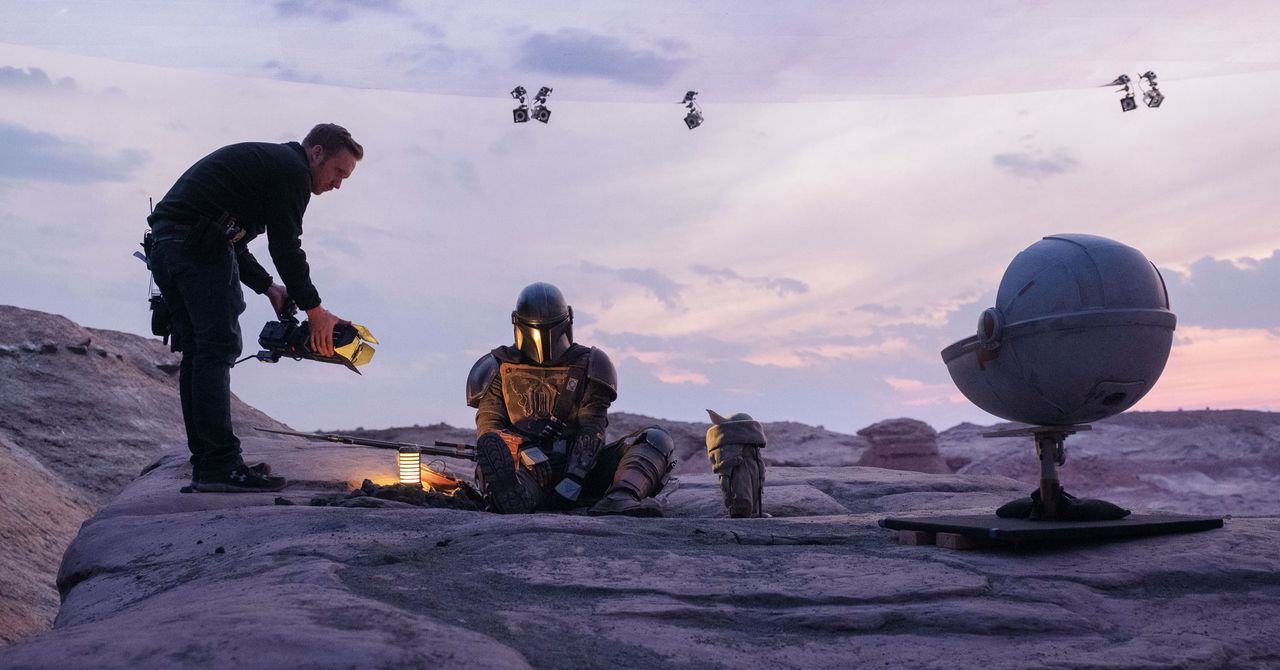
George Lucas was dreaming of a Star Wars live-action TV show long before The Mandalorian got off the ground. One of his collaborators at Industrial Light & Magic, Richard Bluff, remembers Lucas talking about it as far back as 2008. There was just one problem: Going to a galaxy far, far away on a TV budget was nearly impossible. “At the time, he felt he was limited in regards to how he was able to tell the story based upon the vast number of locations and worlds we would need to go to for the small screen,” says Bluff, a visual effects supervisor. “But the audience simply wouldn’t accept a Star Wars without them.”
A decade-plus later, things have changed. For one, Disney bought Lucasfilm—and everything that came with it, including ILM. It also put out a lot more Star Wars movies, let Jon Favreau remake The Lion King in virtual reality, and launched a streaming service, Disney+, where any potential live-action series could live forever. So, when Favreau started working on The Mandalorian in early 2018, the possibility that he could make a TV series without sending a whole crew to Jordan—like J.J. Abrams just did for Star Wars: The Rise of Skywalker—was far more feasible. “Through his experience on Jungle Book and The Lion King," Bluff says, "he felt very strongly that there had been breakthroughs in game-engine technology that were the key to solving this problem."
Related Stories
 Expanded UniverseThe Mandalorian's Producer Names His Top 10 Star Wars MomentsAdam Rogers
Expanded UniverseThe Mandalorian's Producer Names His Top 10 Star Wars MomentsAdam Rogers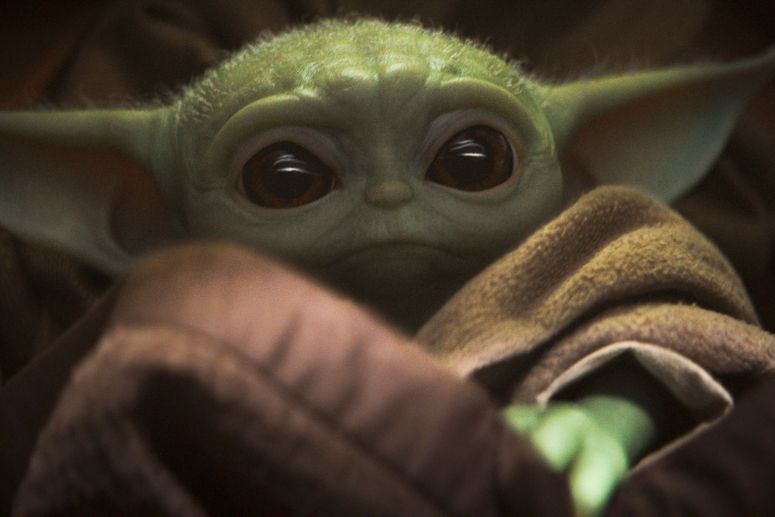 MemesLove Baby Yoda, You MustEmma Grey Ellis
MemesLove Baby Yoda, You MustEmma Grey Ellis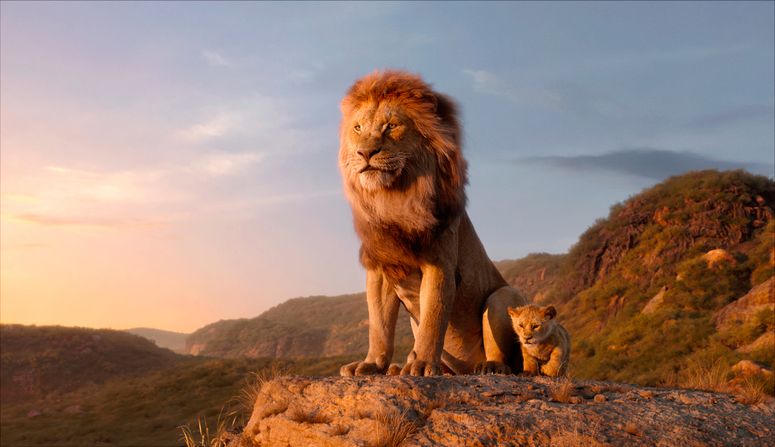 No Set No WorriesDisney's New Lion King Is the VR-Fueled Future of CinemaPeter Rubin
No Set No WorriesDisney's New Lion King Is the VR-Fueled Future of CinemaPeter RubinIndeed. Working with Epic Games, the studio behind the Unreal Engine (aka the thing that powers Fortnite), along with Bluff at ILM and cinematographer Greig Fraser, who had done a lot of work shooting LED screens on Rogue One, and other tech companies like video card maker Nvidia, Favreau and his team at Golem Creations developed a new virtual production platform that allows filmmakers to generate digital backdrops in real time, right in front of the camera. The tech, now called StageCraft and available to filmmakers everywhere, allowed the directors on each of The Mandalorian’s eight episodes to film in every part of the galaxy without ever having to leave Manhattan Beach Studios in Los Angeles.
Even though Favreau achieved what he'd set out to do, not everyone was convinced he could in the beginning. At the time, there was skepticism that the technology was good enough to do photo-real backgrounds, but "we pushed forward anyway," Favreau says. His hope was that he would be able to get a few shots for the first season and then improve the tech as the show went on. Eventually, he thought, if the tech got good enough it could be used on other Disney productions, whether they be Star Wars films or Marvel movies. Lucasfilm honcho Kathleen Kennedy agreed and committed to letting Favreau figure it out. “I came in with The Mandalorian and said, ‘Let this be the North Star we’re going for.’ Maybe we won’t get all the way there the first season, but at least we’ll plant our flag and try to do this," Favreau says. "It just took one production to see what could be done with the tools we have."
Here’s how it works. Imagine the scene at the cantina on Tatooine. The bounty hunter is there, there’s a general hive of scum and villainy vibe. But only a chunk of it is real. The booth is there, and some of the actors, but the rest is just being rendered on a 20-foot-tall, 270-degree semicircular LED video wall. It’s like a traditional Hollywood backdrop, except this one uses Fortnite’s game engine to place 28 million pixels' worth of characters and objects exactly where they need to be for the camera to capture them. All told, more than half of The Mandalorian was shot on virtual sets; the rest were done using practical effects on another part of the LA lot.
Astounding innovation in ‘The Mandalorian’: ILM employs 'Fortnite'-style technology to create immersive virtual sets, raising the bar for visual storytelling in modern TV.
An innovative use of Fortnite's immersive technology by ILM for creating virtual sets in The Mandalorian showcases the unparalleled potential and versatility towards integrating VR/AR elements into popular TV series production.
A fascinating insight into the creative use of 'Fortnite' technology for virtual sets in the production process that brought to life visually spectacular scenes such as those seen on Disney+'s high-end drama, The Mandalorian.
Utilizing 'Fortnite's innovative technology to create immersive virtual sets for the highly-anticipated series ‘The Mandalorian’ further exemplifies ILM’S groundbreaking capabilities in marrying cutting edge gaming with Hollywood production values.
The usage of Fortnite's engineering innovations in creating virtual sets for The Mandalorian showcases how advancements from popular gaming platforms can seamlessly integrate into cutting-edge film production, heralding a new era of immersive storytelling.
Impressive utilization of 'Fortnite'-inspired technology by ILM to create immersive virtual sets for the highly anticipated series, ''The Mandalorian'', cementing a new frontier in visual effects.
Utilizing the cutting-edge graphics technology from 'Fortnite' to create immersive virtual sets for Disney+'s ‘The Mandalorian’ demonstrates ILM and卢卡斯影业e的 skillful integration of popular gaming innovations into high quality Hollywood visual effects.


